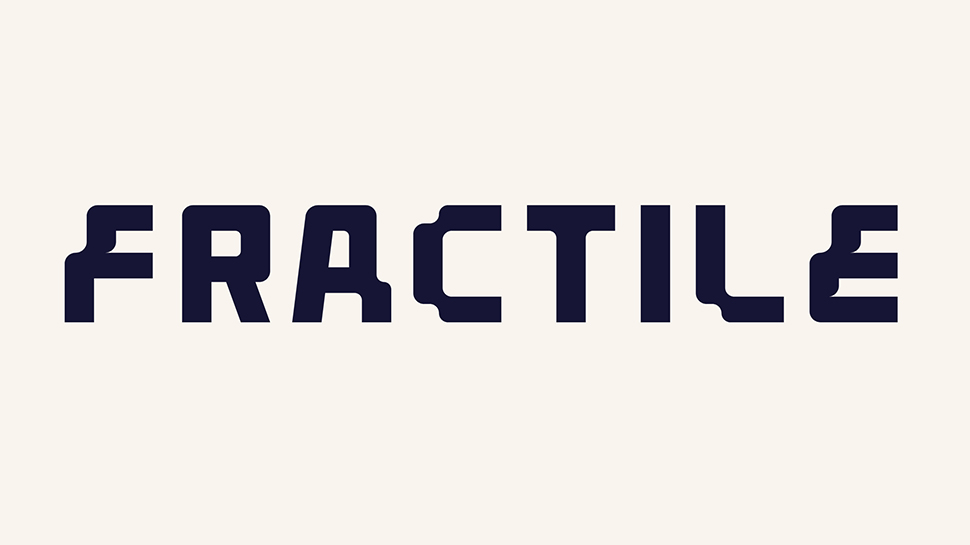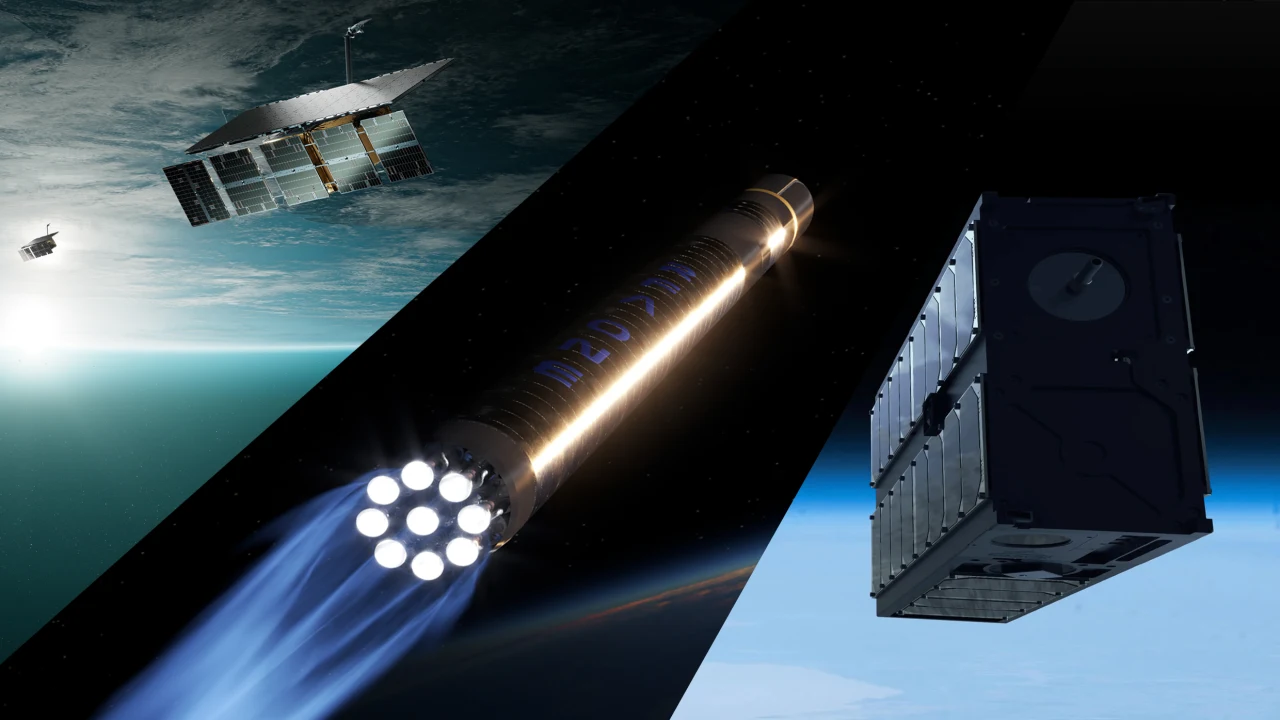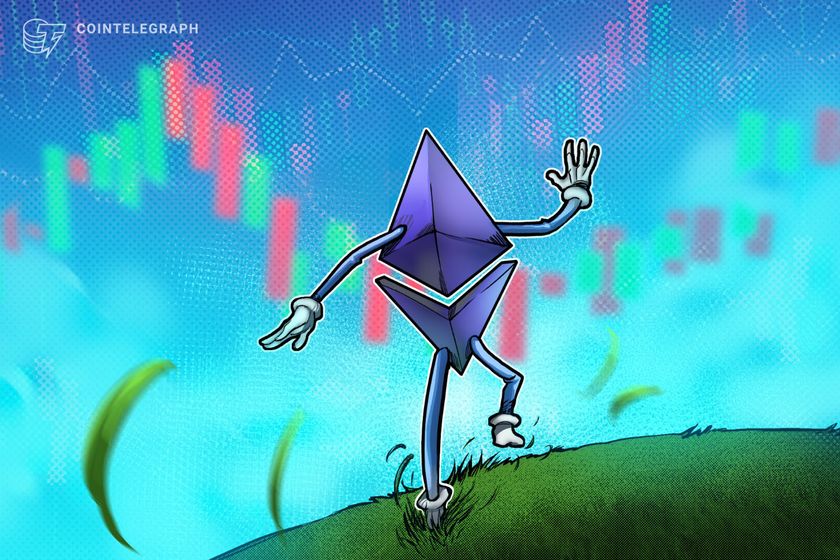Understanding AI Agents: How They Work and Why They Matter
Artificial Intelligence (AI) is transforming industries by automating processes, enhancing decision-making, and personalizing user experiences. At the heart of this transformation are AI agents—software entities capable of perceiving their environment, processing information, and taking autonomous actions to achieve specific goals. An AI agent is designed to operate independently, adapting to new data and improving its decision-making capabilities over time. These agents are widely used across industries such as healthcare, finance, e-commerce, and customer service, making them a key driver of innovation and efficiency. In this article, we’ll explore the concept of AI agents, how they work, their different types, real-world applications, challenges, and future potential. What is an AI Agent and Why It Matters An AI agent is a digital entity that can: ✅ Perceive its environment using sensors or data inputs. ✅ Process information using algorithms, machine learning models, and decision-making frameworks. ✅ Act on that information by making decisions or taking actions. ✅ Learn from its actions and improve its future responses. AI agents mimic human cognitive functions, such as problem-solving, decision-making, and learning. The primary goal of an AI agent is to maximize performance and achieve specific objectives by adapting to changes in its environment. Key Characteristics of AI Agents AI agents possess several defining characteristics: Autonomy – An AI agent operates without direct human intervention. Adaptability – An AI agent learns from experience and improves over time. Goal-Oriented Behavior – AI agents take actions to maximize rewards or achieve set objectives. Reactivity – An AI agent responds to changes in its environment in real time. Persistence – AI agents maintain state and memory to enhance future decision-making. For example, a self-driving car acts as an AI agent by processing real-time data from cameras and sensors, navigating traffic, avoiding obstacles, and learning from driving patterns to improve safety and efficiency. How AI Agents Work and Their Core Mechanism AI agents operate based on a structured cycle that includes perception, processing, action, and learning: 1. Perception An AI agent collects data from its environment using sensors or data feeds. In chatbots, the input comes from user messages. In autonomous vehicles, the input comes from cameras, LIDAR, and GPS. In financial AI agents, the input comes from market data and historical trends. 2. Processing The AI agent processes this data using: Machine Learning Models – To identify patterns and make predictions. Natural Language Processing (NLP) – To understand and respond to text-based input. Decision Trees – To evaluate multiple action paths and choose the optimal one. Neural Networks – To simulate human-like thinking and pattern recognition. 3. Action Based on the processed information, the AI agent selects and executes an action. A chatbot responds to a customer query. A trading bot buys or sells assets. A smart thermostat adjusts the room temperature. 4. Learning and Feedback An AI agent uses reinforcement learning and supervised learning to improve its actions over time. Reinforcement Learning – The AI agent learns from trial and error, adjusting its strategy to maximize long-term rewards. Supervised Learning – The AI agent improves its accuracy by learning from labeled data. Unsupervised Learning – The AI agent identifies hidden patterns in data without explicit guidance. Types and Applications of AI Agents in Real-World Scenarios AI agents are categorized based on their complexity and learning capabilities: 1. Reactive Agents Simple AI agents that react to the current state without memory. Example: Spam filters that classify emails based on specific patterns. 2. Model-Based Agents AI agents that use an internal model of the environment to predict future states and plan actions. Example: Chess engines that simulate future moves and strategies. 3. Goal-Based Agents AI agents that take actions based on achieving a specific objective. Example: Self-driving cars aiming to reach a destination safely and efficiently. 4. Utility-Based Agents AI agents that focus on maximizing outcomes by evaluating multiple scenarios and choosing the best path. Example: AI-powered recommendation engines in e-commerce platforms. 5. Learning Agents AI agents that continuously improve performance using machine learning. Example: AI assistants like Google Assistant and Siri that improve their responses based on user behavior. Applications of AI Agents AI agents are transforming industries by improving efficiency, decision-making, and user experience. ✅ Chatbots and Virtual Assistants – AI a
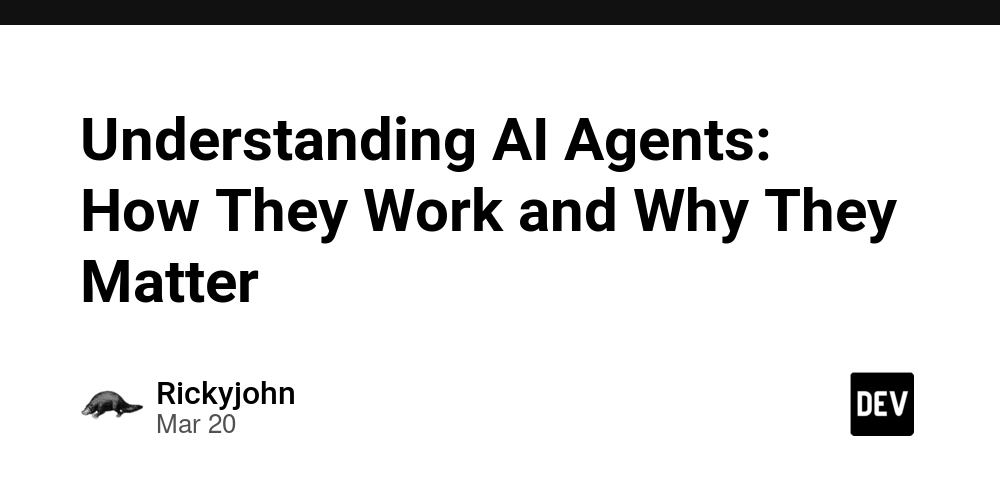
Artificial Intelligence (AI) is transforming industries by automating processes, enhancing decision-making, and personalizing user experiences. At the heart of this transformation are AI agents—software entities capable of perceiving their environment, processing information, and taking autonomous actions to achieve specific goals.
An AI agent is designed to operate independently, adapting to new data and improving its decision-making capabilities over time. These agents are widely used across industries such as healthcare, finance, e-commerce, and customer service, making them a key driver of innovation and efficiency.
In this article, we’ll explore the concept of AI agents, how they work, their different types, real-world applications, challenges, and future potential.
What is an AI Agent and Why It Matters
An AI agent is a digital entity that can:
✅ Perceive its environment using sensors or data inputs.
✅ Process information using algorithms, machine learning models, and decision-making frameworks.
✅ Act on that information by making decisions or taking actions.
✅ Learn from its actions and improve its future responses.
AI agents mimic human cognitive functions, such as problem-solving, decision-making, and learning. The primary goal of an AI agent is to maximize performance and achieve specific objectives by adapting to changes in its environment.
Key Characteristics of AI Agents
AI agents possess several defining characteristics:
- Autonomy – An AI agent operates without direct human intervention.
- Adaptability – An AI agent learns from experience and improves over time.
- Goal-Oriented Behavior – AI agents take actions to maximize rewards or achieve set objectives.
- Reactivity – An AI agent responds to changes in its environment in real time.
- Persistence – AI agents maintain state and memory to enhance future decision-making.
For example, a self-driving car acts as an AI agent by processing real-time data from cameras and sensors, navigating traffic, avoiding obstacles, and learning from driving patterns to improve safety and efficiency.
How AI Agents Work and Their Core Mechanism
AI agents operate based on a structured cycle that includes perception, processing, action, and learning:
1. Perception
An AI agent collects data from its environment using sensors or data feeds.
- In chatbots, the input comes from user messages.
- In autonomous vehicles, the input comes from cameras, LIDAR, and GPS.
- In financial AI agents, the input comes from market data and historical trends.
2. Processing
The AI agent processes this data using:
- Machine Learning Models – To identify patterns and make predictions.
- Natural Language Processing (NLP) – To understand and respond to text-based input.
- Decision Trees – To evaluate multiple action paths and choose the optimal one.
- Neural Networks – To simulate human-like thinking and pattern recognition.
3. Action
Based on the processed information, the AI agent selects and executes an action.
- A chatbot responds to a customer query.
- A trading bot buys or sells assets.
- A smart thermostat adjusts the room temperature.
4. Learning and Feedback
An AI agent uses reinforcement learning and supervised learning to improve its actions over time.
- Reinforcement Learning – The AI agent learns from trial and error, adjusting its strategy to maximize long-term rewards.
- Supervised Learning – The AI agent improves its accuracy by learning from labeled data.
- Unsupervised Learning – The AI agent identifies hidden patterns in data without explicit guidance.
Types and Applications of AI Agents in Real-World Scenarios
AI agents are categorized based on their complexity and learning capabilities:
1. Reactive Agents
- Simple AI agents that react to the current state without memory.
- Example: Spam filters that classify emails based on specific patterns.
2. Model-Based Agents
- AI agents that use an internal model of the environment to predict future states and plan actions.
- Example: Chess engines that simulate future moves and strategies.
3. Goal-Based Agents
- AI agents that take actions based on achieving a specific objective.
- Example: Self-driving cars aiming to reach a destination safely and efficiently.
4. Utility-Based Agents
- AI agents that focus on maximizing outcomes by evaluating multiple scenarios and choosing the best path.
- Example: AI-powered recommendation engines in e-commerce platforms.
5. Learning Agents
- AI agents that continuously improve performance using machine learning.
- Example: AI assistants like Google Assistant and Siri that improve their responses based on user behavior.
Applications of AI Agents
AI agents are transforming industries by improving efficiency, decision-making, and user experience.
✅ Chatbots and Virtual Assistants – AI agents like ChatGPT, Google Assistant, and Alexa handle customer queries, provide recommendations, and automate responses.
✅ Autonomous Vehicles – AI agents process real-time data from cameras and sensors to navigate roads, avoid obstacles, and ensure passenger safety.
✅ Healthcare – AI agents analyze medical data to assist in diagnosis and recommend treatments.
✅ Financial Services – AI agents automate trading, predict market trends, and minimize risks.
✅ E-Commerce – AI agents enhance product discovery and customer experience by analyzing browsing and purchasing behavior.
✅ Gaming – AI agents create realistic NPC (non-playable character) behavior and adaptive game environments.






































































































































































![[The AI Show Episode 143]: ChatGPT Revenue Surge, New AGI Timelines, Amazon’s AI Agent, Claude for Education, Model Context Protocol & LLMs Pass the Turing Test](https://www.marketingaiinstitute.com/hubfs/ep%20143%20cover.png)


















































































































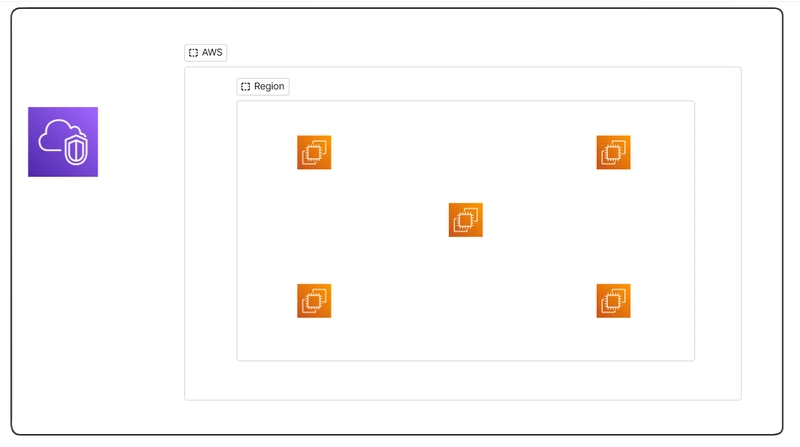














![From drop-out to software architect with Jason Lengstorf [Podcast #167]](https://cdn.hashnode.com/res/hashnode/image/upload/v1743796461357/f3d19cd7-e6f5-4d7c-8bfc-eb974bc8da68.png?#)












































































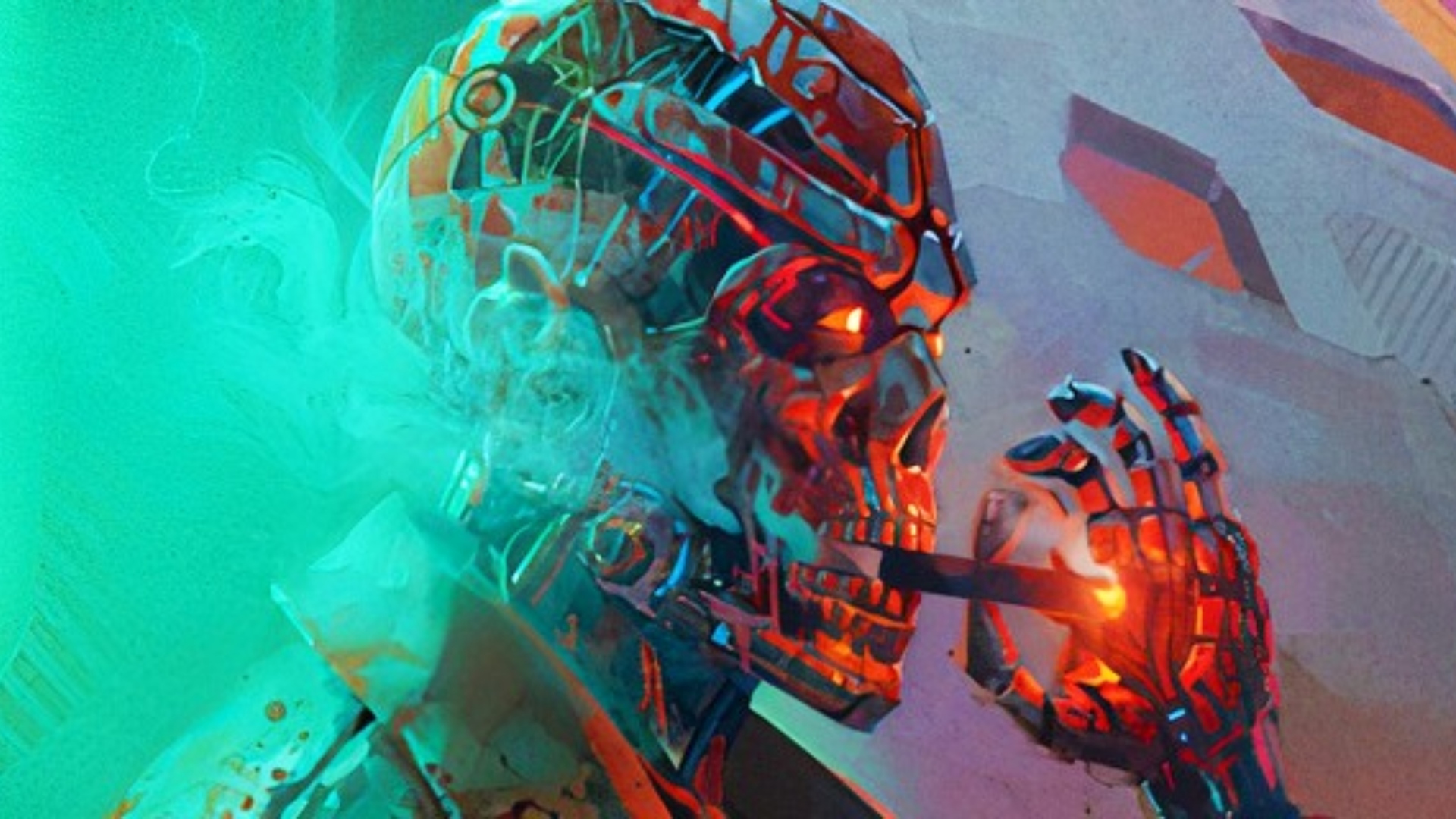




























.jpg?#)































_ArtemisDiana_Alamy.jpg?#)




 (1).webp?#)
























































































![Yes, the Gemini icon is now bigger and brighter on Android [U]](https://i0.wp.com/9to5google.com/wp-content/uploads/sites/4/2025/02/Gemini-on-Galaxy-S25.jpg?resize=1200%2C628&quality=82&strip=all&ssl=1)













![New iOS 19 Leak Allegedly Reveals Updated Icons, Floating Tab Bar, More [Video]](https://www.iclarified.com/images/news/96958/96958/96958-640.jpg)


















